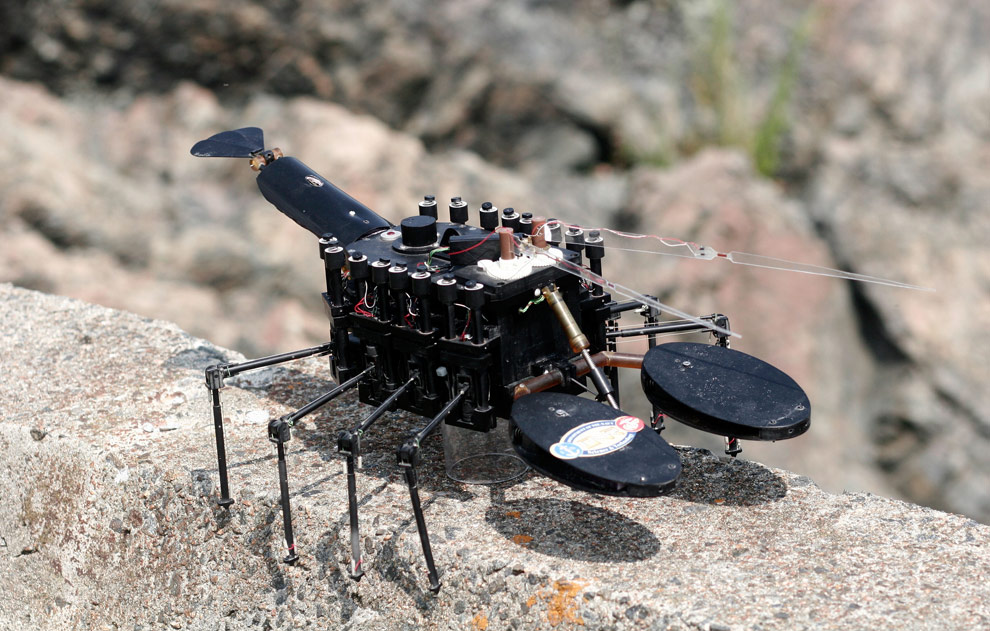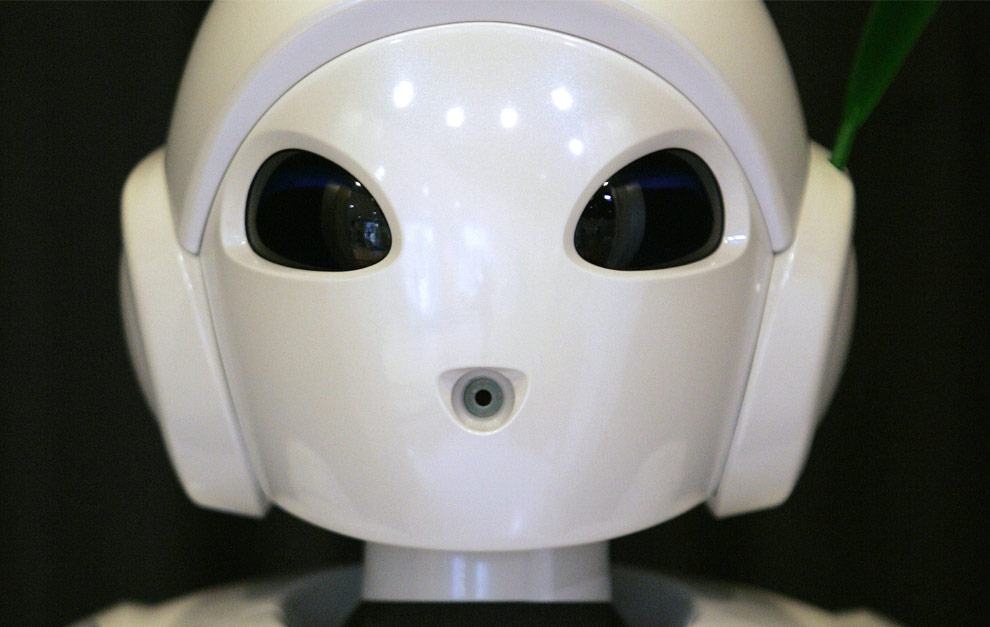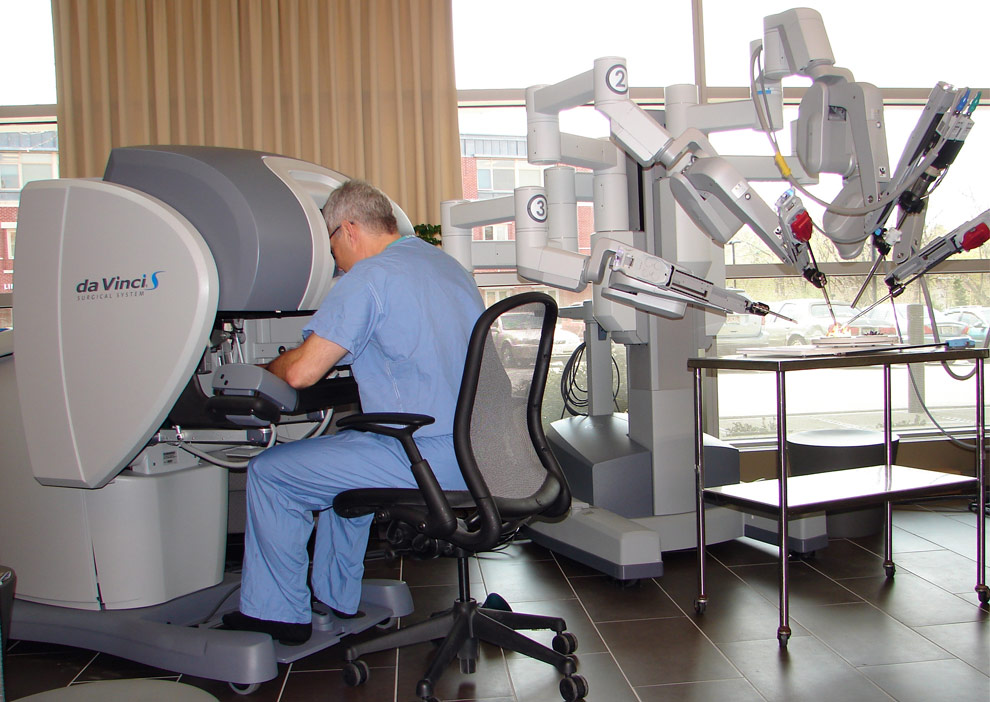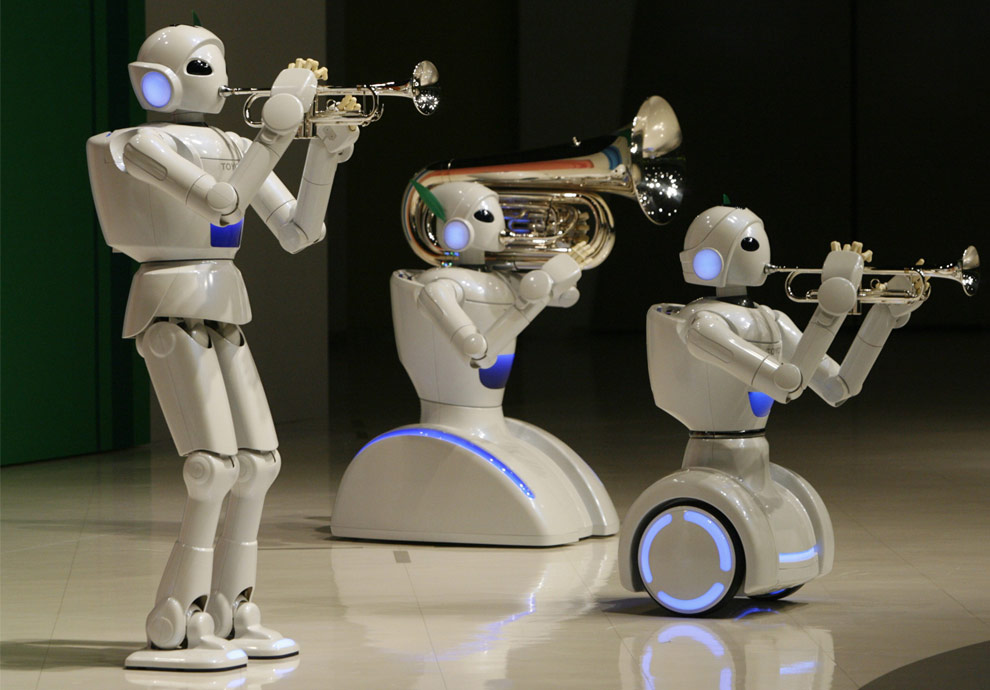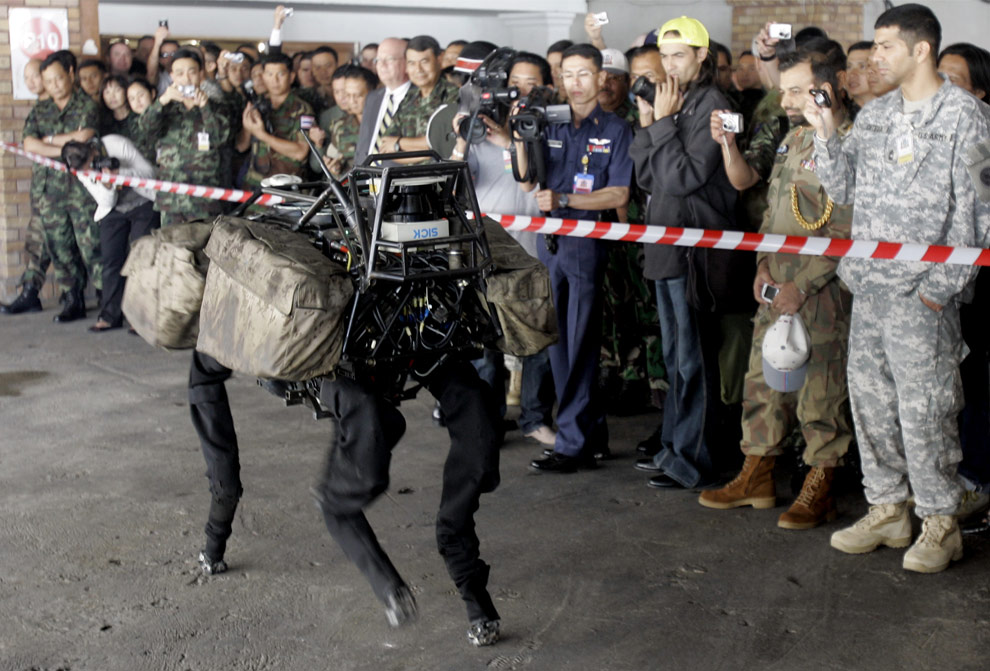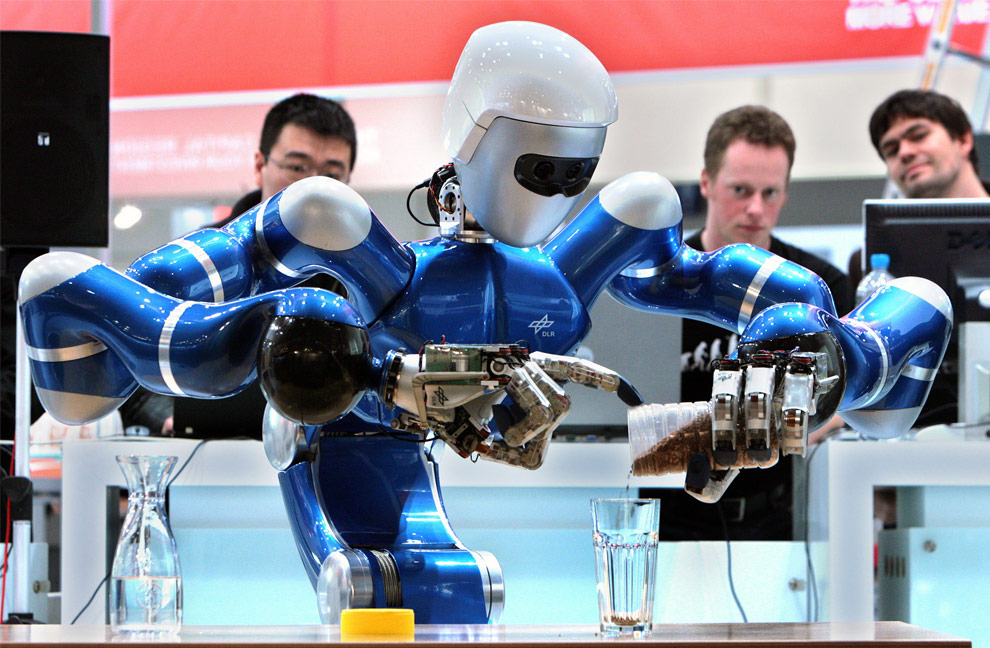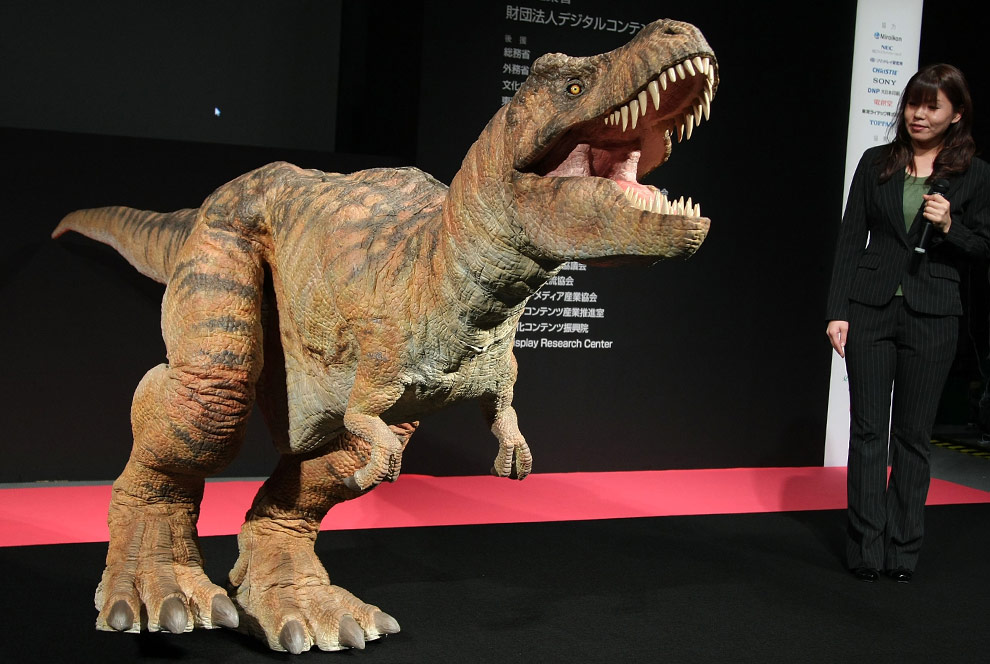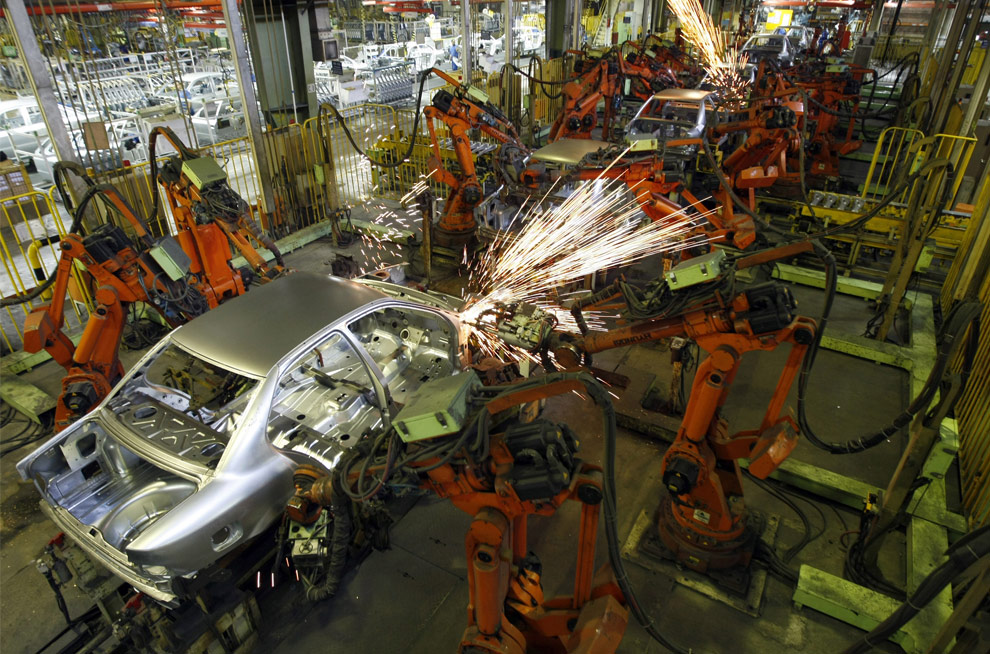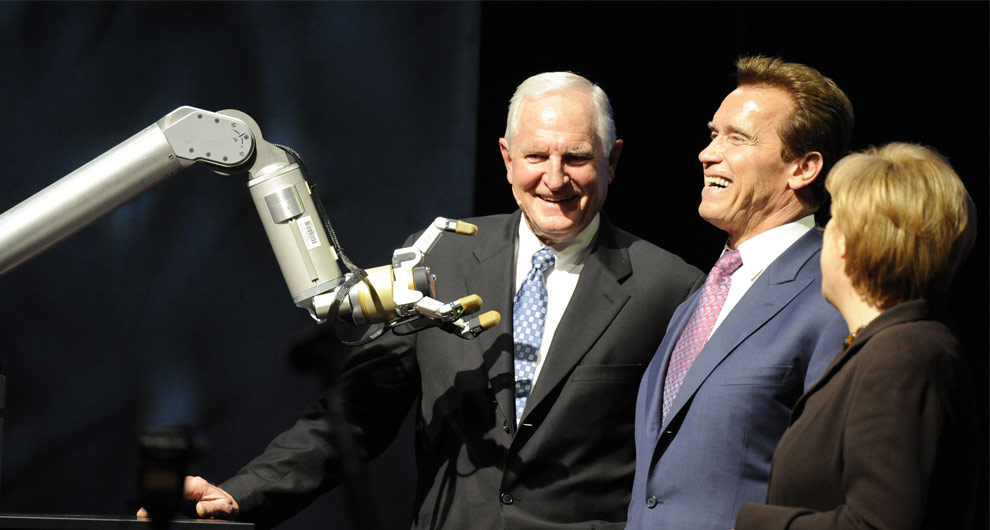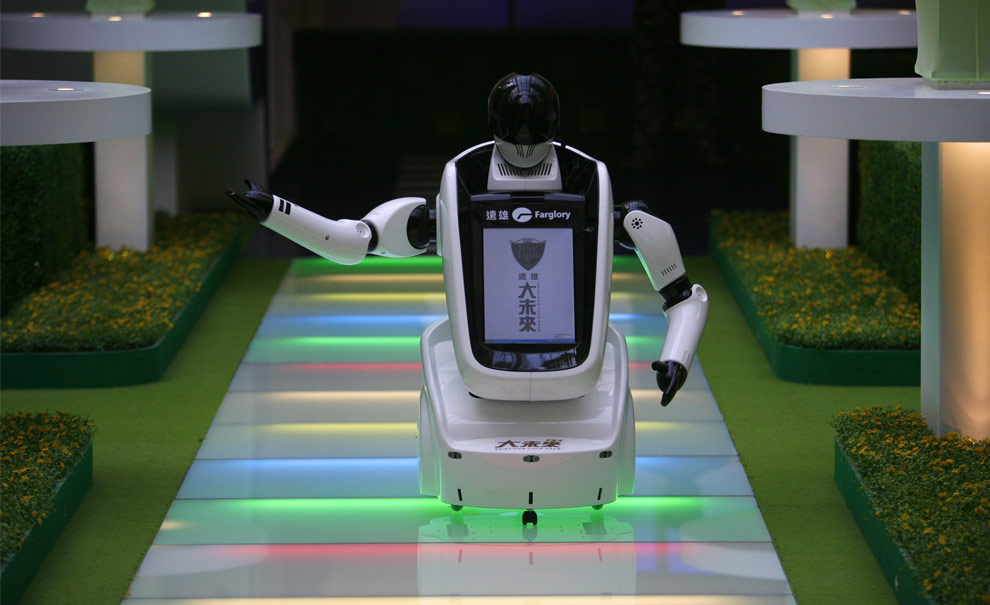Friday, March 27, 2009
Monday, March 23, 2009
Pakistan Resolution - March 23, 2009

Extrasolar Pakstani Astronaut wishes you a very Happy Pakistan Day.
(Image was modified from Flickr)
Thursday, March 19, 2009
iPhone OS 3.0
Coming to an iPhone 3G near you this summer. The features include, cut/copy/paste, MMS, stereo Blueotooth and more. Read here: http://bit.ly/ocvep
Monday, March 16, 2009
Pakistan's Justice Revolution
This is the weekly pager from the Center for Research and Security Studies (CRSS), Islamabad, Pakistan. CRSS firmly believes in academic neutrality and takes up regional and domestic issues that affect the State and Society of Pakistan. We are a non-profit organization committed to promoting rational and critical thinking in a democratic Pakistan. |
|
|
| Pakistan’s Justice Revolution |
|
|
| People’s first ever victory against an oppressive state machinery: March 16 dawned on Pakistan as the beginning of a new era; when Prime Minister Yusuf Reza Gilani announced the restoration of Justice Iftikhar Mohammad Chaudhry as the Chief Justice of the Supreme Court of Pakistan – the apex court. Pakistan has clearly crossed an extremely critical threshold; from a state, where the judiciary traditionally connived with and sanctified repeated military takeovers to an era that decided to unconditionally reinstate judges whom former President General Pervez Musharraf had dismissed after slapping the state of emergency on Nov 3, 2007. This is the first ever victory of the Pakistani people by staging a non-violent civil activism at a mass scale that, in literal terms, defeated the State tyranny on an issue that was earlier agreed by the sitting government that represents the Pakistani State at the moment.
The Centre for Research and Security Studies (CRSS), Islamabad welcomes this painfully worked out epoch-making and monumental moment in Pakistan’s history. The Centre believes the reinstatement of Chaudhry and others goes beyond a few personalities. It is as much a rejection of illegal authoritarian actions by a controversial president as well as the vindication of the struggle that the lawyers of the country had launched against the state of emergency and its consequences. It also blew up the foot-dragging of an elected government on an issue that in fact helped the ruling Pakistan People’s Party secure votes from the Pakistani voters.
The restoration will be the best tribute to a large number of lawyers, human and civil rights’ activists, trade unionists, and several political parties. The final push came from Nawaz Sharif, the former Prime Minister, who had decided to join the lawyers’ protest march that had been set for March 16 at Islamabad. Sharif’s decision was apparently also influenced by a Supreme Court ruling that barred him and his younger brother from holding public offices on February 25, followed by the Governor’s Rule that President Asif Zardari imposed in the politically most influential province Punjab, Sharif’s stronghold.
People’s seven achievements: Regardless of the eventual package of outcomes in the weeks and months ahead, the movement, led by barrister Aitzaz Ahsan and his colleagues Munir Malik, Ali Ahmed Kurd, Lateef Afridi, Athar Minallah, Justice (r) Tariq, Hammid Khan and several other selfless advocates, achieved several milestones for a country that is currently embroiled in many conflicts, the most important of them being the consequences of the US-led questionable war against terrorism.
Firstly, if all goes well, Justice Chaudhry and several other judges will resume their duties on March 21. Quite a contrast to the past; in the previous instances, consigning dissenting judges to the dustbin of history was an automatic consequence of the coups. In the latest unprecedented episode, the rebel judges will honorably get back to their offices.
Secondly, the successful pressure brought upon President Zardari, who had until late March 15 ruled out judges’ restoration, demonstrated political pluralism in the country, whereby lawyers, the civil society and several political parties including the Pakistan Muslim League of Nawaz Sharif stood united all through on a single issue i.e. restoration of judges. During all this time, Sharif and Ahsan kept arguing that this issue symbolized the struggle between the supporters of the rule of law and an independent judiciary on the one hand, and those who dismissed this as a “petty issue being kicked up for the sake of a few individuals.” “I am not asking for my Punjab government or revoking my disqualification verdict, I am only to restore the independent judiciary that a dictator, General (r) Musharraf, had illegally and unconstitutionally sacked on November 3, 2007,” Sharif has been saying.
Thirdly, an all-powerful President is likely to be an indirect casualty of the victorious march that had mobilized tens of thousands of people all over Pakistan and had raised the specter of a bloody stand-off between the marchers and the administration in Islamabad. President in Pakistan symbolizes the State power that usually and routinely has been used to crush the social dissent and victimize the masses instead of being an arm to benefit the citizens. This was the first ever most serious and direct challenge posed to any Pakistani president – and the people of Pakistan won. Zardari’s concession i.e. allowing the reinstatement of judges essentially means the weakening of a powerful and democratically elected president whose bid for absolute power through the direct rule in Punjab turned out to be a political death-knell for him. Within six months of his elevation to the country’s most powerful office, Zardari lost vital support both within and outside the country because of his rush for absolute power. The President’s desire to grab absolute-power has manifested itself in more than one ways and latest of them is the election of Farooq Naek, President’s legal-eagle, as the Chairman, Senate of Pakistan.
Fourthly, Sharif, once considered a wobbly and whimsical politician, has rehabilitated himself as a populist leader by agitating on a single-point agenda. He declared the cause of an independent judiciary as a “sacred mission so crucial for the future of Pakistan.” Sharif had returned home in November 2007, from his almost eight year old Saudi Arabian exile and successfully undertook to establish himself as a leader who wants to put “Pakistan on the path of constitutionalism and economic prosperity with sincerity and commitment.”
Fifthly, the latest conflict and its positive fall out in favor of the ousted judges underscores a diffusion of power centers in Pakistan’s turbulent politics; while it has taken the movement for civil liberties and constitutionalism to new levels and injected confidence nationwide, the outcome also underlined the erosion of the traditional power structures symbolized by the feudal ruling elite and conventional politicians many of whom owed their presence and rise to the mighty military establishment. Between Oct 1958, the first military coup, and Aug 2008, when another coup-maker resigned, three generals - Ayub Khan (10 years), Ziaul Haq (11 years) and Pervez Musharraf (9 years) - exemplified the autocratic rule the military establishment imposed on this country. Each time, though, the long military rule left deep and indelible marks on the institution itself because with it came a new breed of self-serving and hypocritical breed of sycophants, mostly politicians and bureaucrats. “The March Revolution,” as most have started calling it, hasn’t caused any major shake-up in the government. Yet, Pakistan has its first ever “Justice Revolution.”
The sixth achievement of Pakistan’s struggling democracy revolves around the role of the lawyers; when the Supreme Court Bar Association, a body that represents senior advocates from all over the country, and its affiliates in the four provinces, embarked on the mission of reversing Justice Chaudhry’s suspension by General Musharraf on March 9, 2007, nobody had ever dreamed of achieving the objective. A relentless campaign at home and abroad kept the heat of the movement up and eventually the lawyers achieved that stands unparalleled in Pakistan’s history. Political support of course provided the adrenaline that they had needed but the foundation was set by the lawyers’ community all across the nation that spoke with one voice on one point agenda of the reversal of unconstitutional steps of Gen. (r) Musharraf on November 3, 2007.
Lastly, the electronic media emerged as another player in the power structure. Both the government as well as the non-government remained under the sharp lenses of private TV channels. On the spot reporting, leaks from well-meaning government officials, instant analysis and dissection of impending moves and interactive programming kept the government in particular on the defensive, while the opposition and the lawyers optimally used the several TV windows available to them. Despite being on the receiving end by some of the mainstream channels, the government did not dare go beyond a brief indirect crackdown, and thus the flow of audio-video information kept pouring into households and shopping centers. Even Musharraf had tried to muzzle the electronic media after imposing emergency on Nov 3, 2007, but most of the channels were allowed back on air after a string of criticism and protests all over the country.
Pakistan’s reportedly largest electronic news channel, Geo News, took a principled position and instead of budging against the State directives, its tickers categorically named the President Zardari for issuing instructions to ban the channel all across Pakistan.
Army’s democratic credentials: Ironic indeed but during the night of the 15th and the 16th, Pakistan’s military actually played an important role in Pakistan’s democratic evolution; it was the Chief of the Army Staff who brought Pakistan’s warring democrats to sit across-the-table and agree on a compromise. While March 16 may symbolize the victory for the rule of law, the long and arduous journey to constitutionalism, parliamentary supremacy, the war against radicalization, and economic progress has just begun. Whether the nation achieves all that its leaders would plan for it but one thing is clear: Pakistani nation has emerged stronger and can now hope for better days with multiple centers of power, including media and civil society, on its side.
In fact, Pakistan’s Justice Revolution has just begun. |
|
|
|
|
| Comments/remarks: pager@crss.pk |
|
|
| ---DISCLAIMER--- CRSS is not part of any political grouping or party and firmly adheres to academic as well as intellectual neutrality. Our aim: To explore any issue by asking "Independent Questions" and endeavoring to provide "Independent Answers." |
Saturday, March 14, 2009
Thursday, March 12, 2009
Evolution Of Robotic Systems
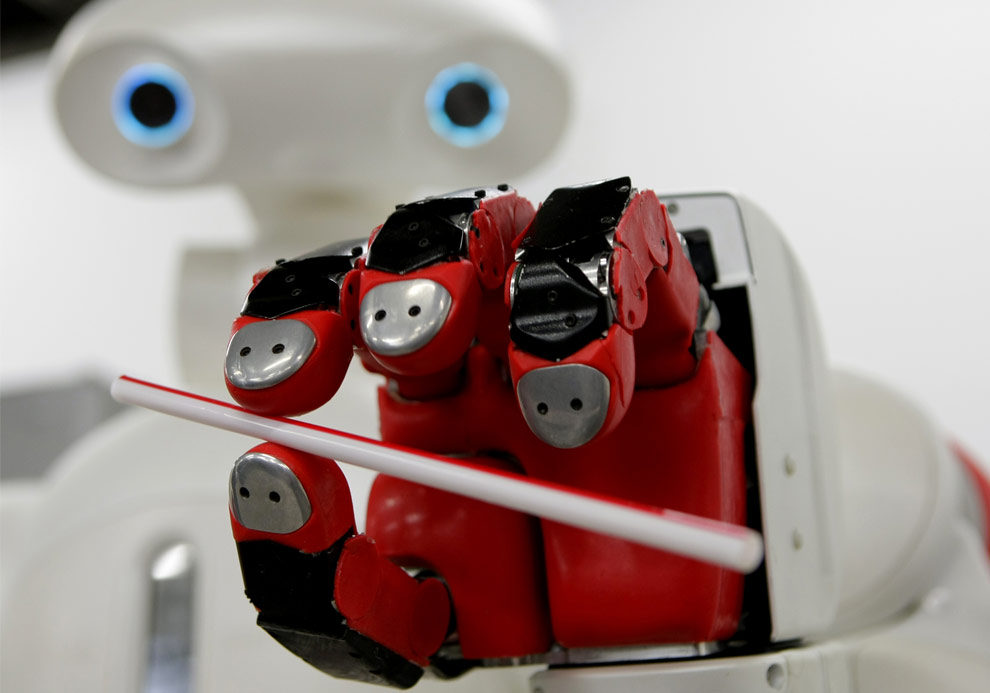
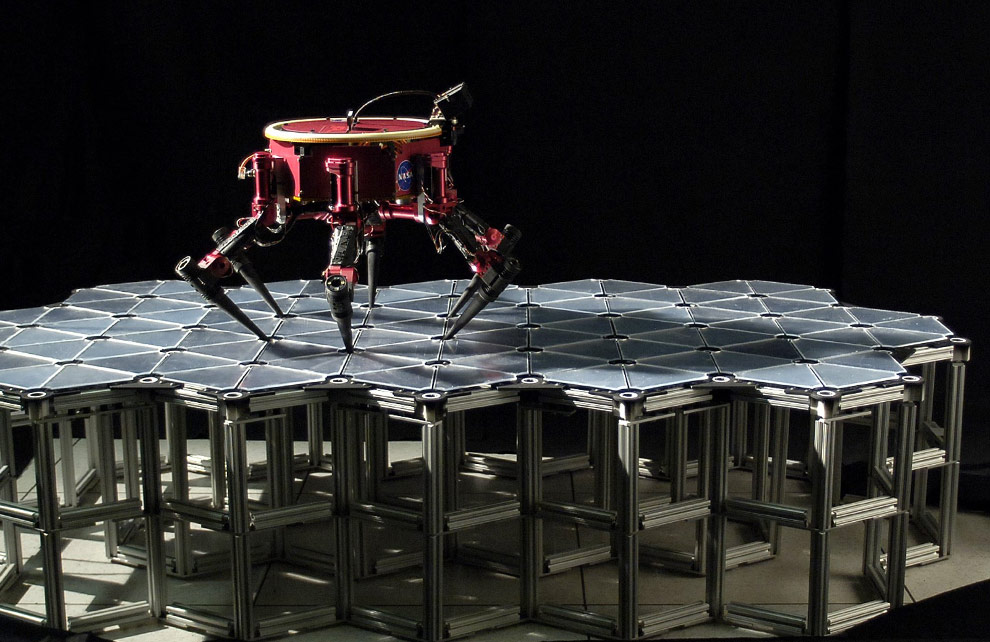

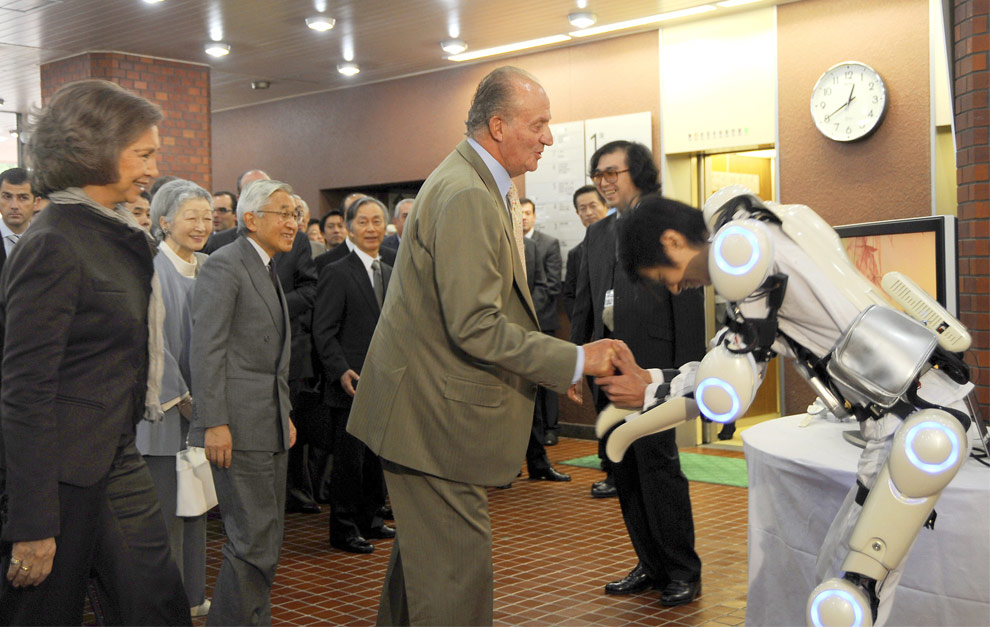
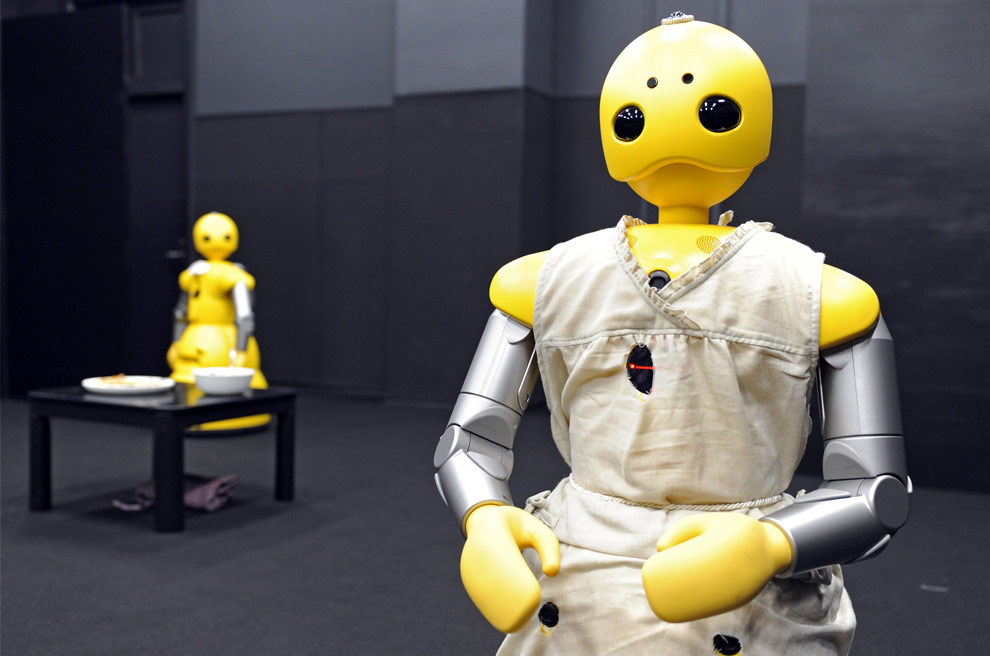

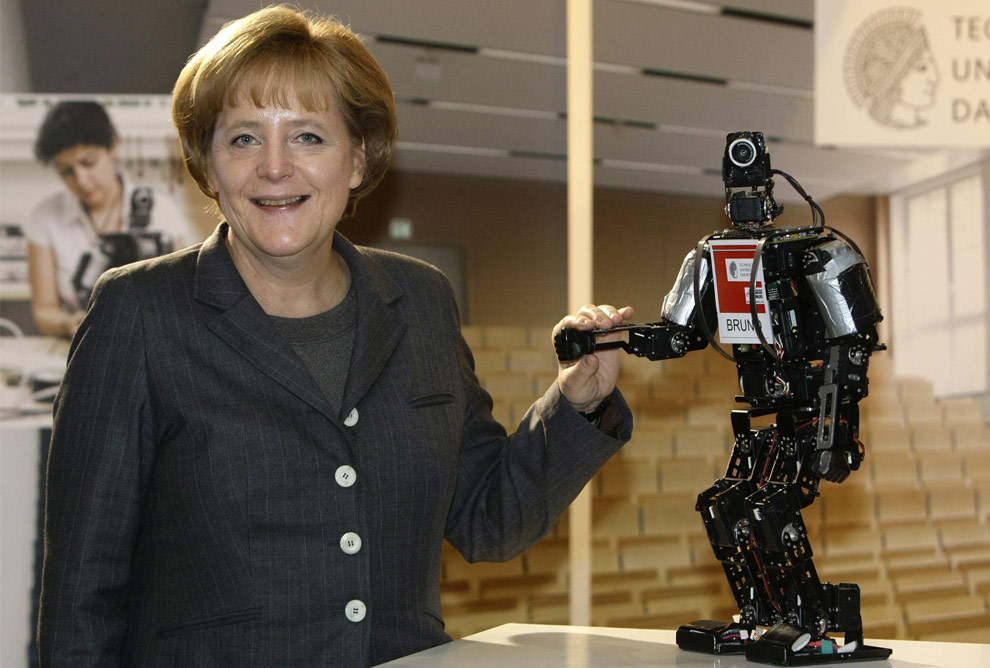
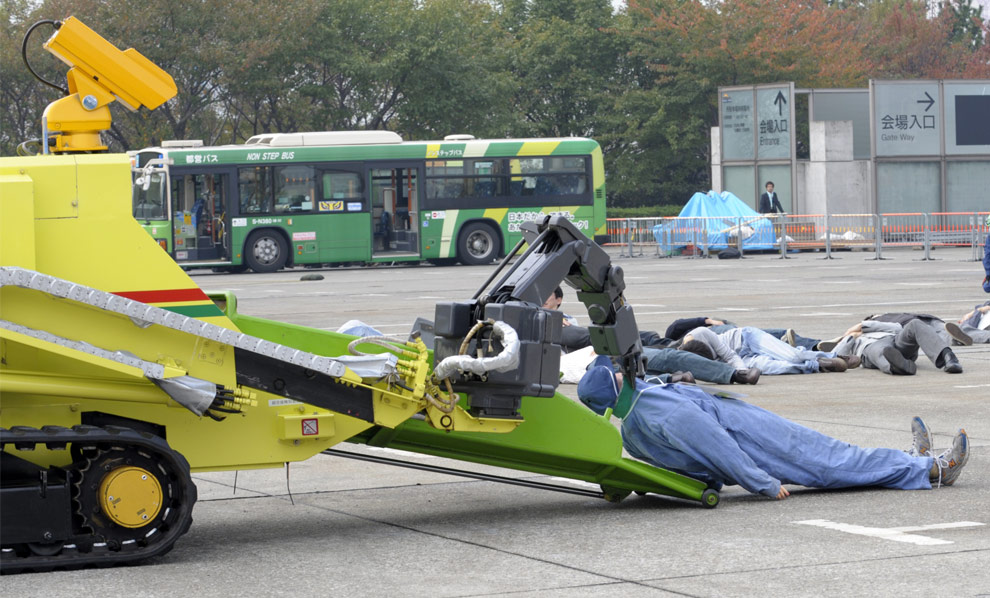
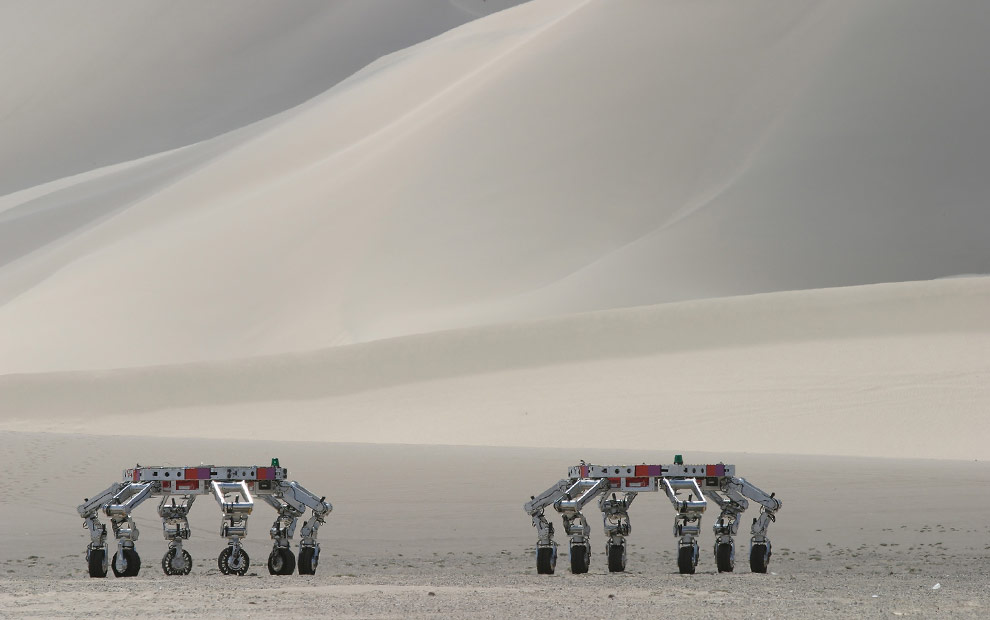
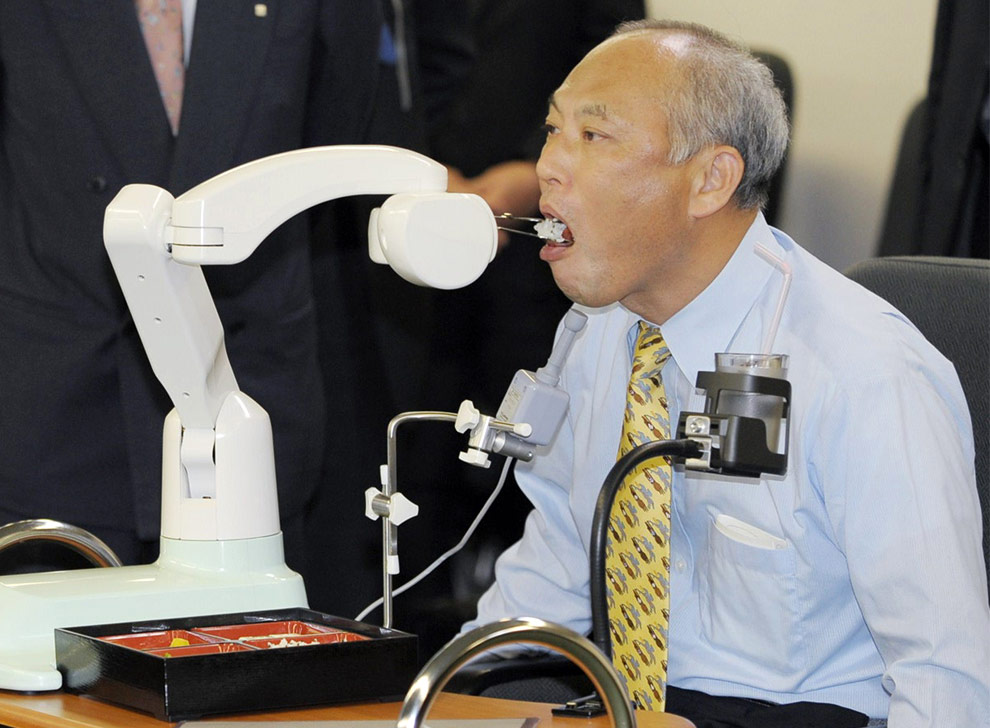
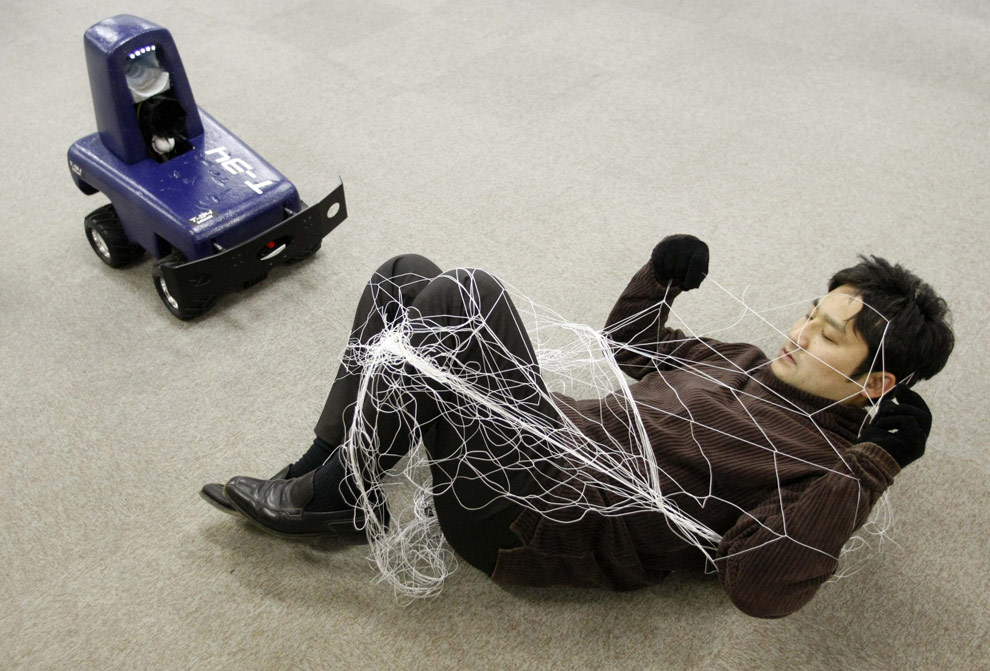
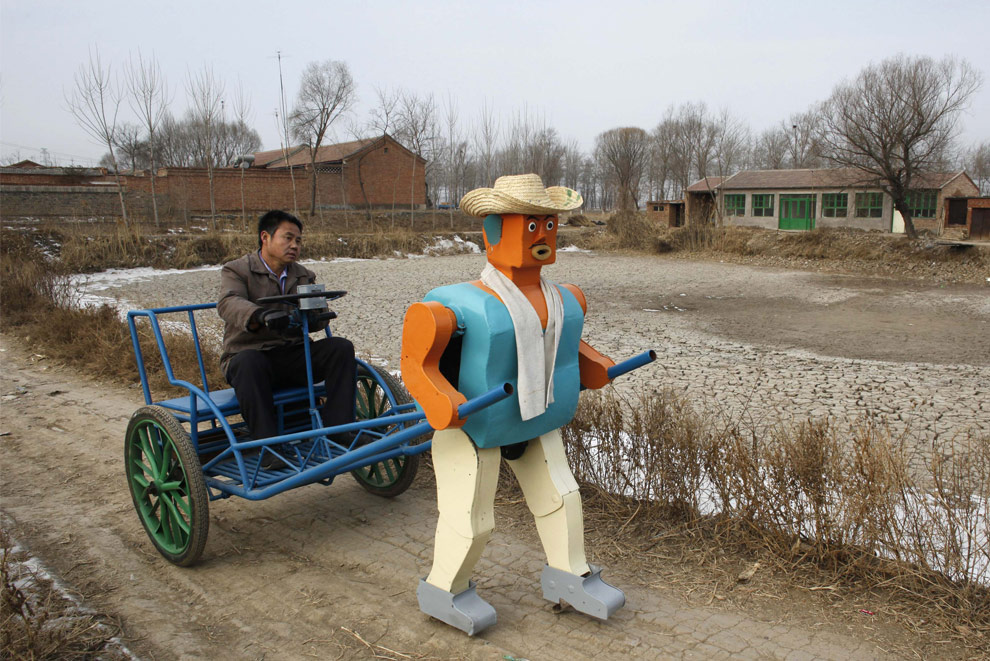
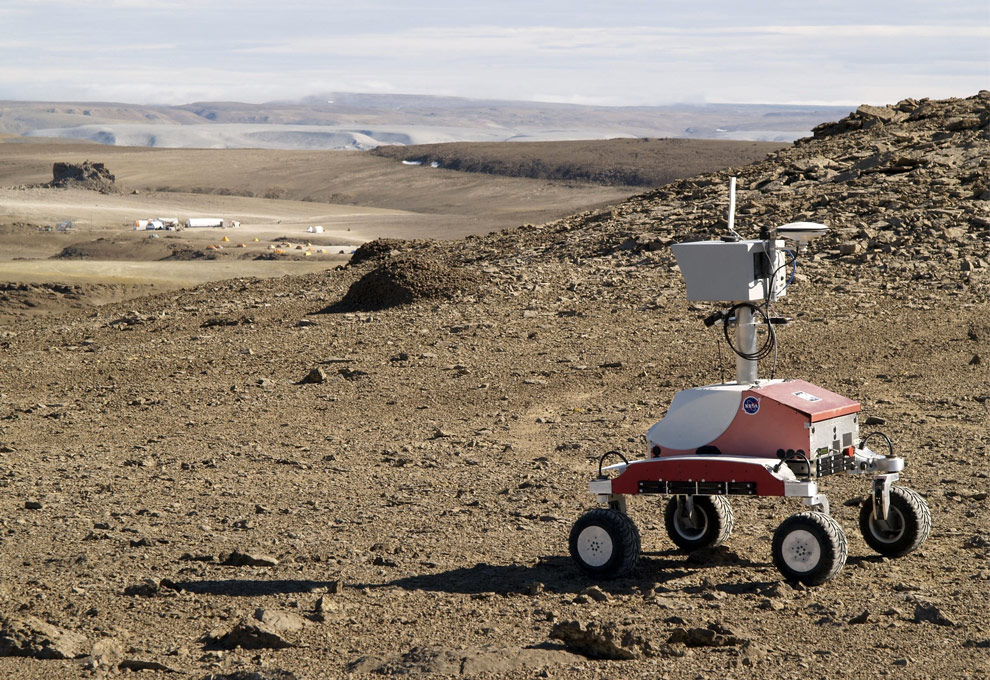



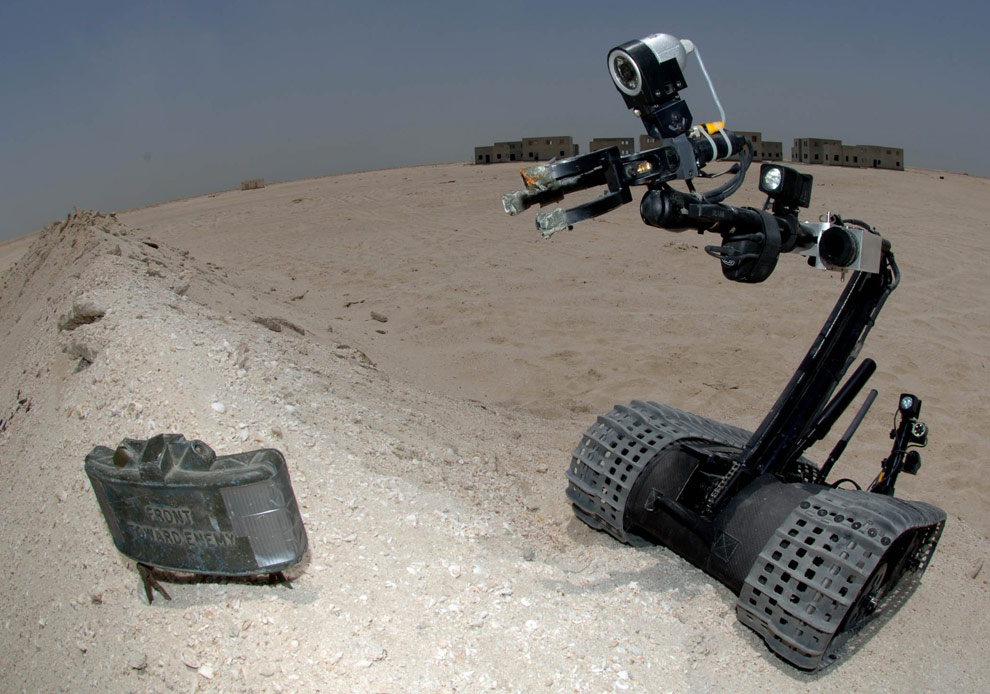
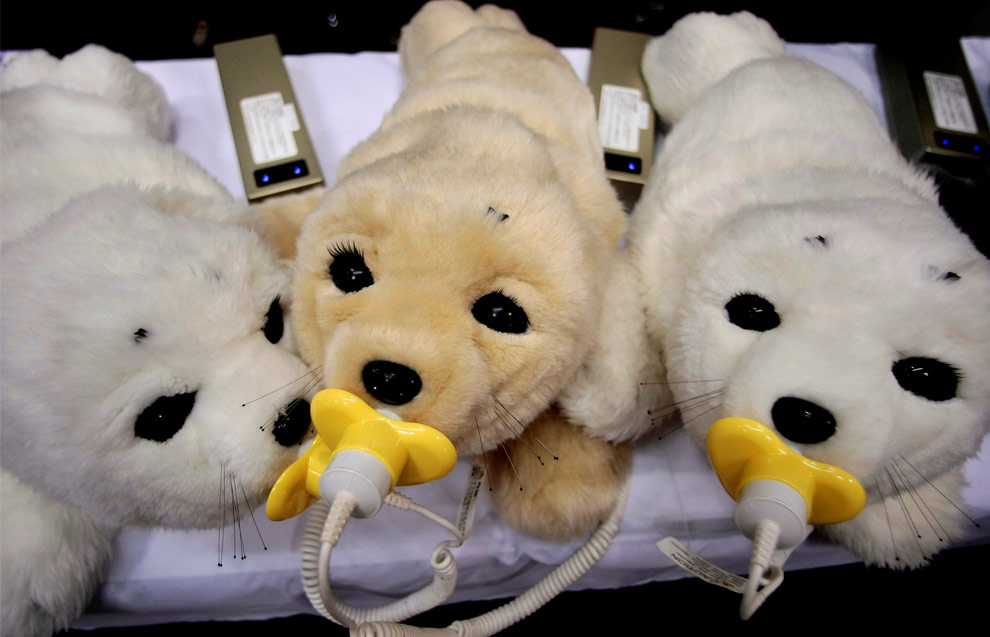
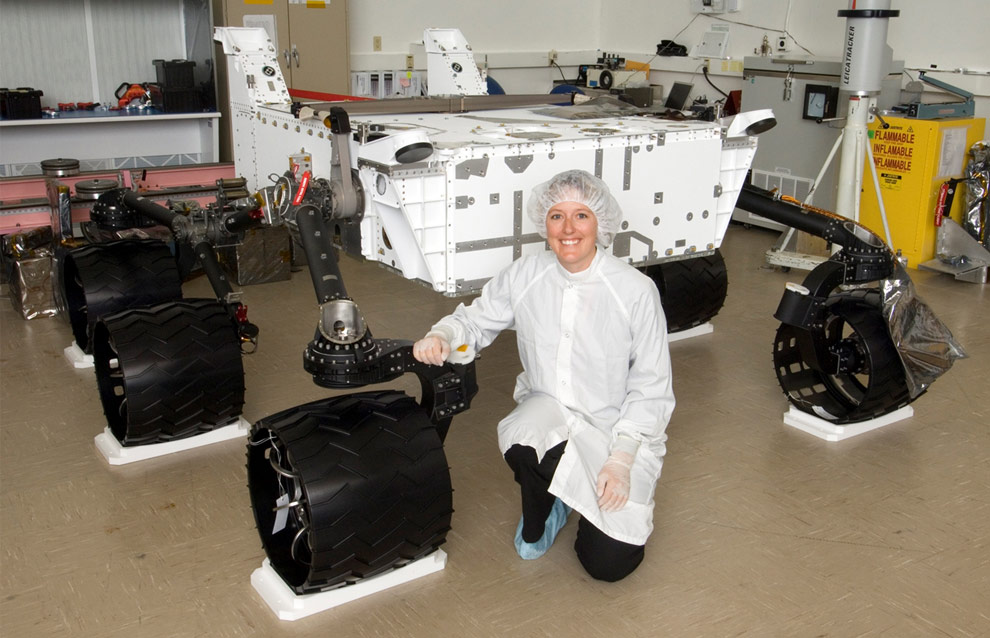
Wednesday, March 11, 2009
Tuesday, March 10, 2009
Doomed Flight
"This is your captain Asif Ali Zardari Bhutto (101%) speaking.
"On behalf of my crew I'd like to welcome you aboard PIA International flight 602 from Nodero House Larkana to Surrey Palace, London.
We are currently flying at a height of 35,000 feet midway across the Atlantic.
"If you look out of the windows on the starboard side of the aircraft, you will observe that both the starboard engines are on fire.
"If you look out of the windows on the port side, you will observe that the port wing has fallen off.
"If you look down towards the Atlantic ocean, you will see a little yellow life raft with five people in it waving at you.
"That's me your beloved Leader,
with co-Chairman PPP- Bilawal Bhutto Zardari etc,
flight stewards Rahman Malik & Ejaz Naek ,
with our favourite air hostess
Miss.Sherry Rehman.
HAVE A LOVELY DAY !
MY PAKISTANI BROTHERS AND SISTERS..!
May God protect you always...!
Pakistan Zindabad..!!!
This is a recording."
Financial Crisis Explanation Simplified !
The financial crisis explained in simple terms:
Heidi is the proprietor of a bar in Berlin. In order to increase sales, she decides to allow her loyal customers - most of whom are unemployed alcoholics - to drink now but pay later. She keeps track of the drinks consumed on a ledger (thereby granting the customers loans).
Word gets around and as a result increasing numbers of customers flood into Heidi's bar.
Taking advantage of her customers' freedom from immediate payment constraints, Heidi increases her prices for wine and beer, the most-consumed beverages. Her sales volume increases massively.
A young and dynamic customer service consultant at the local bank recognizes these customer debts as valuable future assets and increases Heidi's borrowing limit.
He sees no reason for undue concern since he has the debts of the alcoholics as collateral.
At the bank's corporate headquarters, expert bankers transform these customer assets into DRINKBONDS, ALKBONDS and PUKEBONDS. These securities are then traded on markets worldwide. No one really understands what these abbreviations mean and how the securities are guaranteed.
Nevertheless, as their prices continuously climb, the securities become top-selling items.
One day, although the prices are still climbing, a risk manager (subsequently of course fired due his negativity) of the bank decides that slowly the time has come to demand payment of the debts incurred by the drinkers at Heidi's bar.
However they cannot pay back the debts.
Heidi cannot fulfil her loan obligations and claims bankruptcy.
DRINKBOND and ALKBOND drop in price by 95 %. PUKEBOND performs better, stabilizing in price after dropping by 80 %.
The suppliers of Heidi's bar, having granted her generous payment due dates and having invested in the securities are faced with a new situation.
Her wine supplier claims bankruptcy, her beer supplier is taken over by a competitor.
The bank is saved by the Government following dramatic round-the-clock consultations by leaders from the governing political parties.
The funds required for this purpose are obtained by a tax levied against the non-drinkers.
Finally an explanation I understand . . .







